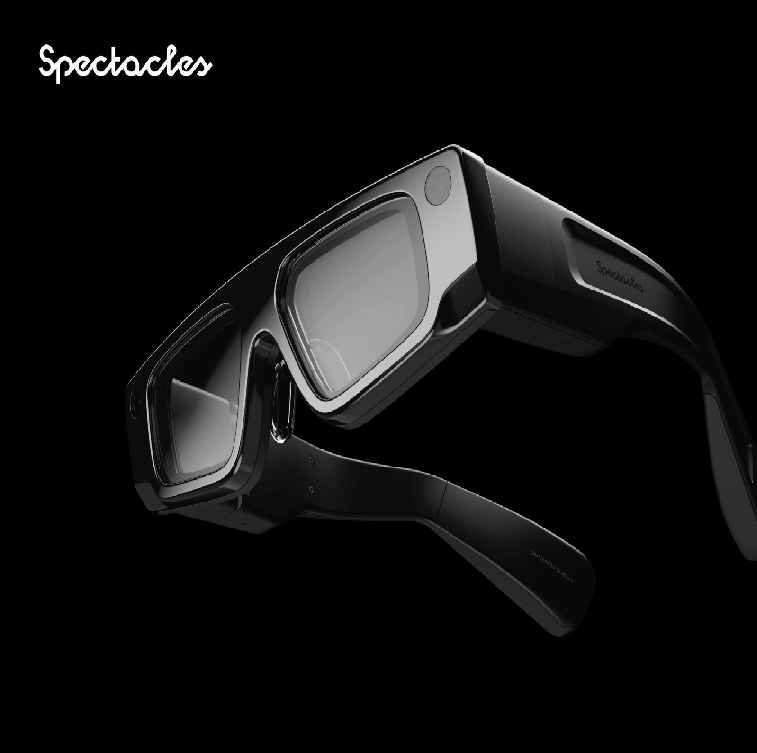Snap to charge $99/month for year-long subscription to new AR glasses for developers.

Snap CEO Evan Spiegel envisions a future where AR glasses become as commonplace as smartphones.
Snap Inc. is diving deeper into hardware with the unveiling of its latest augmented reality (AR) glasses, aiming to eventually replace smartphones and tablets with sleek eyewear that blends the digital and physical worlds. Though the market for smart glasses and mixed-reality headsets has yet to take off, Snap sees AR as the future of computing.
At its Partner Summit in Los Angeles, Snap introduced its fifth-generation AR Spectacles alongside a new proprietary operating system, Snap OS. However, these new glasses are designed specifically for developers and come with a $99 per month subscription fee for a full year, highlighting the current limitations in consumer readiness for AR technology. This move positions the device as a tool for creating AR apps rather than a product for general consumers, signaling that AR is still in its early stages of development.
The new Spectacles are bulkier than regular glasses, equipped with Snap’s waveguide technology and “Liquid Crystal on Silicon micro-projectors,” enabling AR functionality. A Qualcomm Snapdragon processor powers each arm, and the field of view has nearly tripled compared to previous versions, delivering an immersive experience equivalent to a 100-inch display. Despite these advances, battery life remains limited to just 45 minutes, reinforcing that these glasses, like Apple’s Vision Pro, are not designed for all-day use.
Snap has made significant upgrades to its operating system and interface, which now supports hand gestures and voice commands. Users can interact with AR features by pulling up a main menu on the palm of their hand and selecting actions such as closing apps or exploring new lenses.

While Snap has a history of dabbling in hardware, previous efforts like its original Spectacles and flying drone failed to resonate with consumers, resulting in significant financial losses. Despite these setbacks, the company is pressing forward, particularly as competitors like Meta and Apple continue to invest in AR and VR technology. Meta’s partnership with Ray-Ban, for instance, has seen modest success, though it remains focused on live-streaming and AI integration rather than full AR capabilities.
As Meta prepares to unveil new VR headsets and Apple tests the waters with its Vision Pro, Snap’s latest venture represents a calculated bet to diversify its business model. Currently, Snap generates most of its revenue from advertising on its Snapchat platform, which boasts 850 million monthly active users. However, with growing competition in AR and VR, Snap is looking to hardware as a potential growth area. Whether its bet on AR glasses will pay off remains to be seen, but the company is determined to stay in the race.












